Top entry-level CV examples for you to use this year
Just because you’re applying for an entry-level job doesn’t mean you should neglect your application. How can you write a strong entry-level CV?
Just because you’re applying for an entry-level job doesn’t mean you should neglect your application. How can you write a strong entry-level CV?
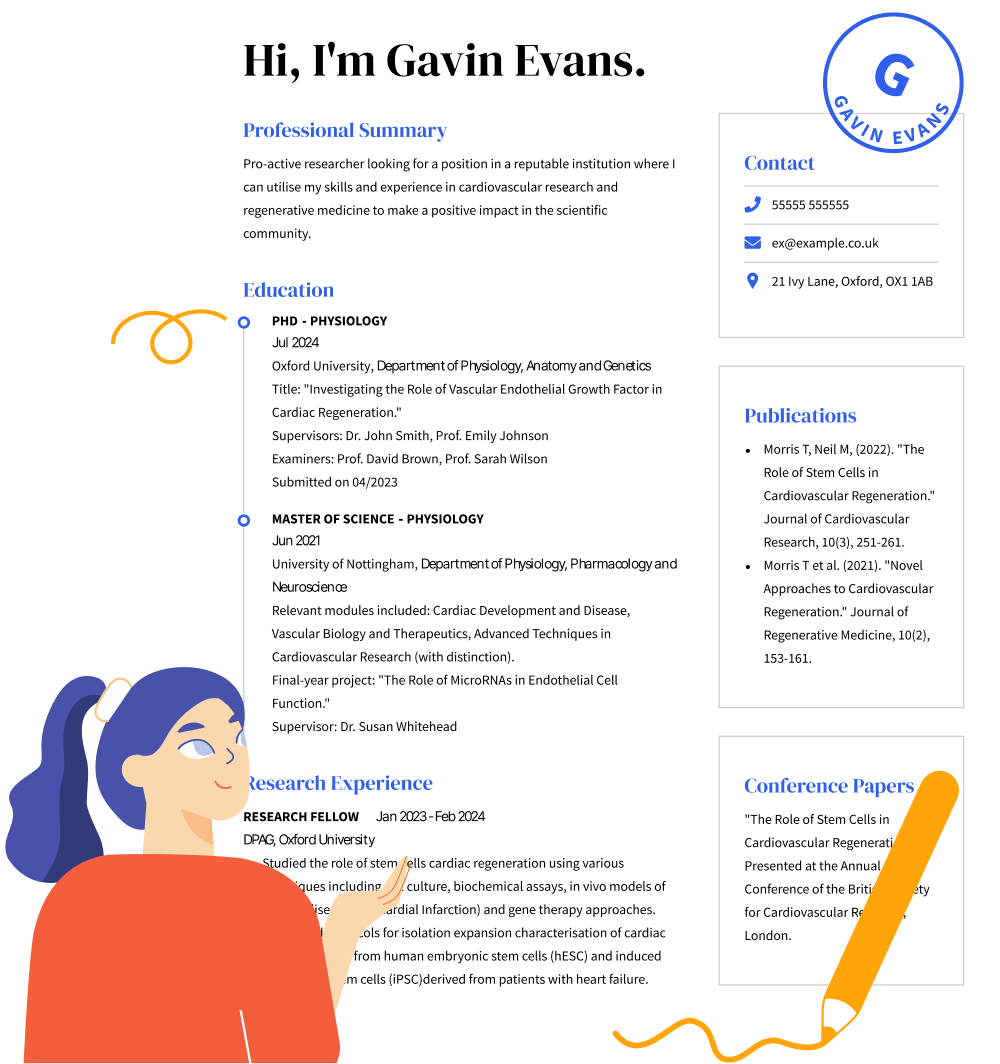
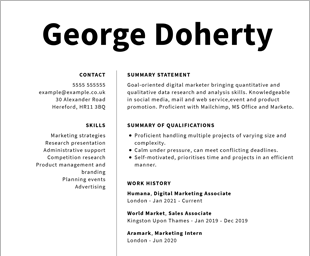
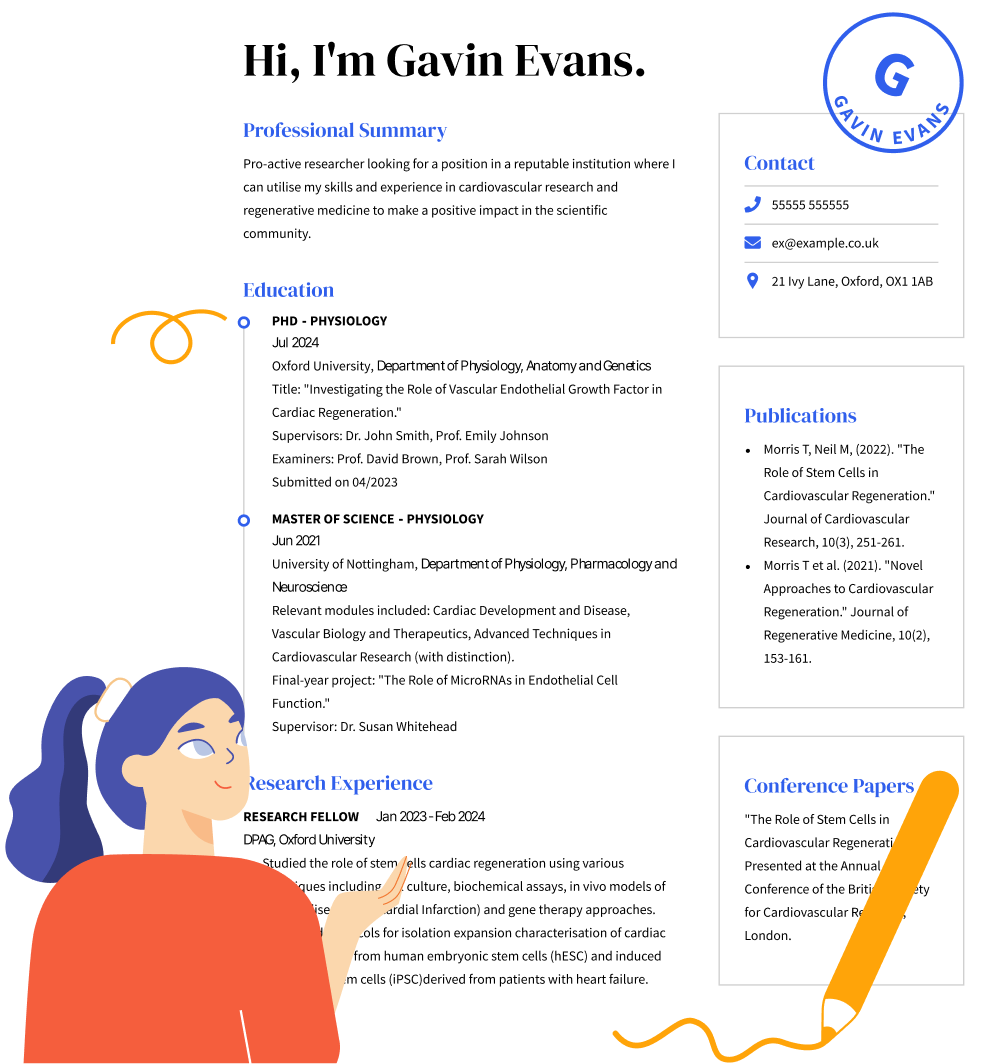
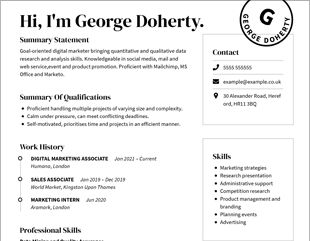
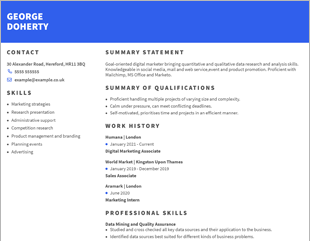
OUR USERS HAVE BEEN HIRED BY
The term “entry-level” means any position where you typically don’t need a lot of work experience to get hired. However, that doesn’t mean an entry-level job will necessarily just accept anyone who applies. You still need to prove to a potential employer that you have what it takes to succeed. No matter what job you’re pursuing, if this is your first job, or you’re just changing careers, here’s what you should know about entry-level CVs.
In an entry-level CV, you need to highlight your skills and non-job experience as much as possible. In an entry-level position, recruiters know that you’re probably not going to have a very significant experience section. However, they will expect you to have skills that relate to the job, any required certifications, and the right personality traits (or soft skills) for the job. These are the areas you should highlight when you’re applying.
The structure of your CV will depend on which CV format you use. The three formats are chronological, which emphasises work experience, functional, which highlights skills, and hybrid or combination, which showcases both. For an entry-level CV, it’s usually best to go with a functional format, which focuses on your abilities rather than your lack of work history.
The header goes at the very top of the CV. It includes your full name, phone number and email address.
Both a professional summary and career objective should be structured as a two- to three-sentence summary, from 30-60 words, located at the top of your CV. They should be a brief overview and highlight of your skills and work experience that grabs the attention of your reader.
For entry-level positions, consider creating a career objective rather than a professional summary. A career objective should be structured as described above, but also includes your goals and what you’re wanting to accomplish with your CV. Include any General Certificate of Education GCSEs or degree certificates.
The skills section for an entry-level CV is where you can really shine. Highlight your soft skills, like communication skills and teamwork, as well as any technical skills related to your job that you’ve mastered. For example, if you’re applying for an entry-level secretary job, you might want to mention a high WPM typing speed, your ability to create a sense of teamwork in a group, and any extracurricular or volunteer work where you assumed organisational duties. Always check the job description to see what a company wants in an applicant before listing your skills.
Most of the time, you won’t have an official work history if you’re writing an entry-level CV. However, you can still list other types of relevant experience in reverse-chronological order. Remember that volunteer work and work at part-time jobs is still professional experience, and if it’s relevant to the job, you can list it on your CV. A good CV leverages as much experience as possible, even experience that doesn’t seem like it would be relevant to your job search.
If you’re going into a field that requires prior education, your education section will likely have information in it even if your work history section doesn’t have much. List any college experience you have, and only list high school experience if you don’t have college experience. Recent graduates may also want to list extracurricular activities done throughout their years of experience in college.
Yes. An entry-level cover letter gives you the chance to provide more details about all the talents you mention in your CV. Plus, it’s a good way to ask for a job interview, which makes the hiring manager more likely to give it to you.
Typos are the death of any CV, and this is even true in an entry-level CV. One option is to use CVHelp’s CV builder, which makes it easier for you to catch these problems before you send off the documents. Plus, our CV builder offers expert tips that will improve your CV.
CV keywords are important to keep in mind as you’re applying to different jobs. While you can use an entry-level CV example to generally understand how to structure your CV, you also need to highlight the specific skills a job description is looking for. This allows you to present the best side of yourself and get the interview.
We personalize your experience.
We use cookies in our website to ensure we give you the best experience, get to know our users and deliver better marketing. For this purpose, we may share the information collected with third parties. By clicking “Allow cookies” you give us your consent to use all cookies. If you prefer to manage your cookies click on the “Manage cookies” link below.